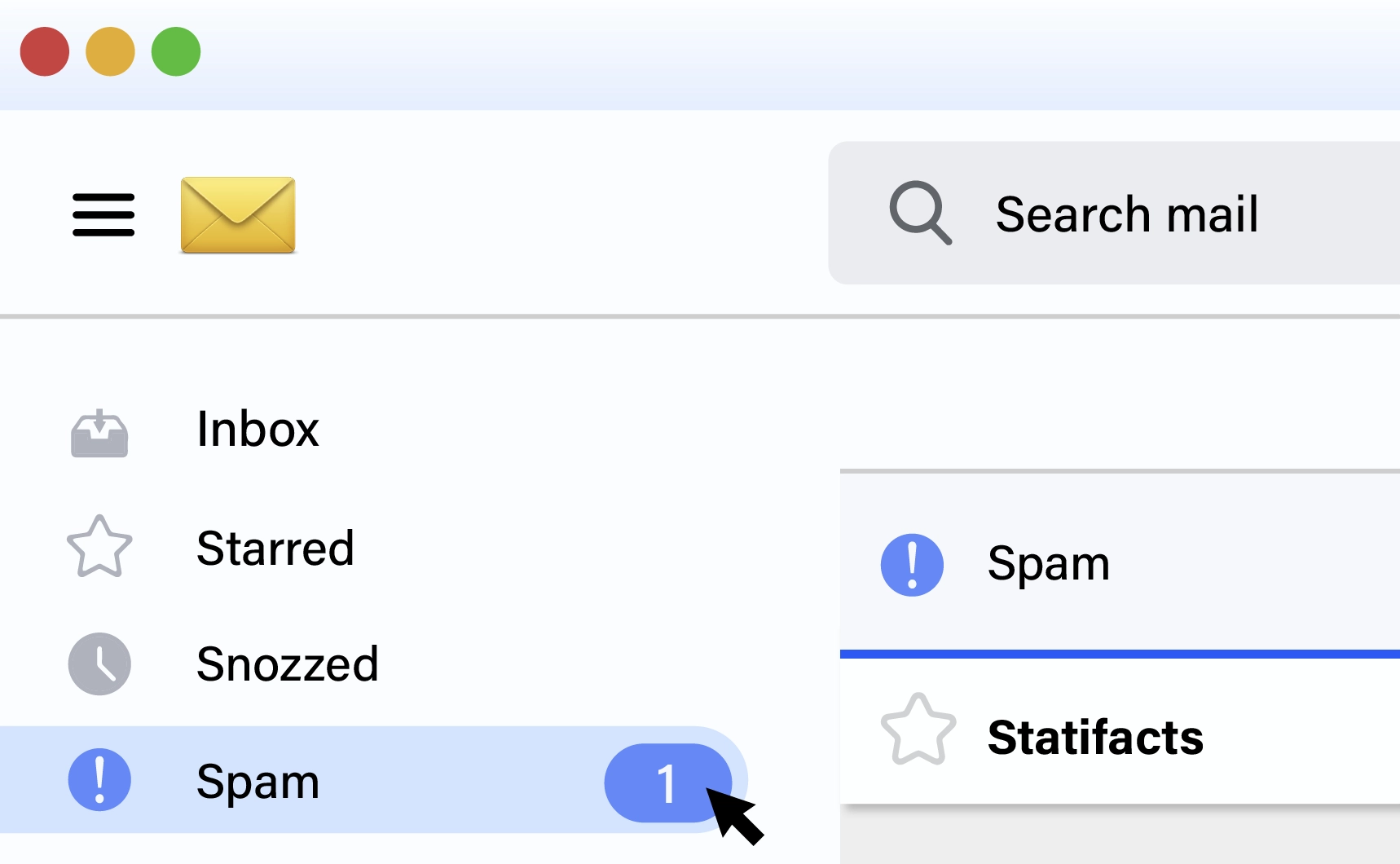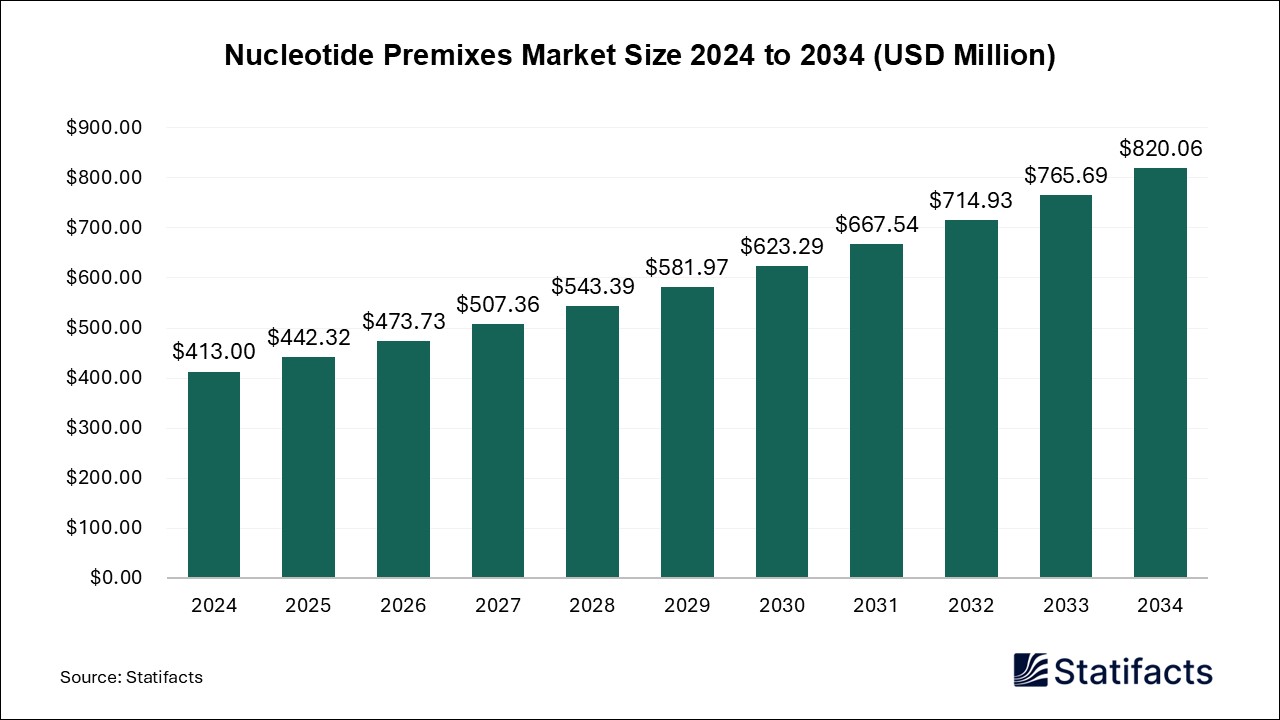Last Updated: 30 Jun 2025
Source: Statifacts
By clicking “Accept All Cookies” you agree to the storing of cookies on your device to enhance site navigation, analyze site usage, and assist in our marketing efforts.
Privacy PolicyThe U.S. exosome-based therapy market size accounted for USD 15.61 million in 2024 and is predicted to touch around USD 79.67 million by 2034, growing at a CAGR of 17.7% from 2025 to 2034. Rising prevalence of cancers due to a higher number of carcinogens and endocrine disruptors in consumer daily use, increasing government and non-government initiatives for exosome research, increasing investment in biotechnology and personalized medicines, and rising technological advancements in exosome isolation, especially with extracellular vesicles, are driving the growth of the U.S. exosome-based therapy market.
| Industry Worth | Details |
| Market Size in 2025 | USD 17.86 Million |
| Market Size by 2034 | USD 79.67 Million |
| Market Growth Rate from 2025 to 2034 | CAGR of 17.7% |
The U.S. exosome-based therapy market refers to the production, distribution, and application of exosome-based therapy has shown promise in many medical applications, including cancer treatment, immune modulation, and tissue repair. Extracellular vesicles in circulation carry both proteins and genetic material from their origin cell, proteo-transcriptomic signatures that act as biomarkers. Exosome therapy is becoming increasingly popular due to its anti-aging and skin rejuvenation benefits. Exosomes can speed up hair growth, as well as enhance skin health by promoting collagen synthesis, minimizing inflammation, and improving skin texture and elasticity. Exosome-based therapy benefits also include promoting cardiovascular health, holds the potential for cancer treatment, neuroprotection and neurogeneration, anti-inflammatory effects, and improved tissue repair and regeneration.
Rising interest in exosome-based skincare and cosmetics, growing applications in drug delivery and regenerative medicine, innovation in exosome isolation and purification technologies, and rising demand for exosome-based diagnostics are driving the growth of the U.S. exosome-based therapy market.
Artificial intelligence (AI) use in exosome therapy is its ability to help identify the best cells for a particular patient. By analyzing patient outcomes and behavior data, AI algorithms can provide insights into enhancing education interventions and identify areas where education is ineffective or lacking. AI allows the development of predictive models by analyzing patient data, like metabolomics, genomics, and proteomics. AI benefits include its versatility, ability to enhance the efficiency of the inward budding of a late endosome. , automate processes, and generate insights across industries. AI boosts productivity, improves service productivity, ensures 24/7 reliability, improves user experience, reduces operational costs, minimizes human errors, accelerates digital presence, and improves decision making.
Exosomes Addressing Rising Cancer Rates Through Biomarker Innovation
Rising prevalence of cancer: The rate of cancer is increasing due to a vicious circle of obesity, highly processed foods, environmental pollution, exposure to harmful chemicals, insecticides, industrial pollution, and sedentary lifestyles. In terms of cancer, exosomes play an important role as mediators of intracellular communication, leading to tumor progression. Additionally, they can act as biomarkers for cancer detection and progression. Exosomes can carry molecules representative of the original cell, including cancer cells. Early cancer detection is made possible by analyzing exosomal content when the cancer cells release the exosomes into the bloodstream or other biofluids.
Rising technological advancements in exosome isolation: A series of technological advancements that can aid in harnessing endogenous exosomes. V-Tech Exomes treatment is an advanced skin rejuvenation therapy designed to target signs of aging at a cellular level. It works by delivering active ingredients like plant stem cells, peptides, and polynucleotides directly to skin cells via synthetic exosomes. Recent studies show microphage-based exosomes, as an extracellular vehicle, can deliver diverse cargoes, including nanoparticles, small molecules, and biological macromolecules, towards recipient cells, and thus affect the progression of cancers and other diseases.
Challenges in Ethical Practices and Standardization of Exosome Therapies
Accelerating Role of Research–Pharma Collaborations in Driving Commercialization
Rich McCartney, president of chemical analysis at Thermo Fischer Scientific, said, “We are honored to work with the U.S. Navy to help safeguard the health and safety of their personnel.” “This contract underscores the Navy’s trust in our ability to deliver cutting-edge dosimetry technology and data management solutions. Our next-generation systems are purpose-built to provide precise, real-time radiation monitoring in the most demanding environments.”
The exosome therapeutics segment underwent notable growth in the U.S. exosome-based therapy market during 2024 and is expected to grow at the fastest rate during the forecast period of 2025 to 2034. Exosome therapy is an effective tool that combats signs of aging. It repairs and regenerates damaged skin cells and promotes youthful and radiant skin. Exosome therapy regenerates healthier cells and repairs damaged cells. The re-energized cells function better, which helps in boosting the body’s overall immunity, making us less prone to falling ill. Exosomes can carry and exchange many cargos between cells and are used as a non-invasive biomarker for many diseases. Exosomes are considered the best biomarker for cancer diagnosis, owing to their unique characteristics. We can apply exosome-containing products daily. In regenerative medicine, exosomes facilitate tissue repair and regeneration. Exosome therapy boosts regeneration, improves structure, and reduces wrinkles by stimulating collagen production.
The exosome isolation and engineering segment is expected to grow significantly during the forecast period. Isolating exosomes from serum offers many benefits, like providing valuable insights into disease diagnostics and biomarker discovery, because of the rich content of lipids, proteins, and RNA that reflects the physiological state of their cells of origin. Exosome engineering involves the manipulation of exosomes to improve their functionality by loading specific cargo or modifying their surface. Several methods, including physical, biological, and chemical techniques, are employed for creating advanced exosomes. Exosome engineering can improve their targeting capability, providing potential wide clinical applications for treating diseases, including bone defects.
Over 50 countries where it operates. It operates in the biopharma services, laboratory products, specialty diagnostics, analytical instruments, and life sciences solutions sectors around the world.
It operates in over 20 countries. It operates in the biotechnology sector, especially in the healthcare industry, around the world.
Over 25 countries where it operates. It operates in the molecular diagnostics and life sciences sectors around the world.
Published by Rohan Patil
Last Updated: 30 Jun 2025
Source: Statifacts
Last Updated: 30 Jun 2025
Source: Statifacts
| Subsegment | 2024 | 2025 | 2026 | 2027 | 2028 | 2029 | 2030 | 2031 | 2032 | 2033 | 2034 |
|---|---|---|---|---|---|---|---|---|---|---|---|
| Exosome Isolation and Engineering | 4.40 | 5.10 | 5.80 | 6.70 | 7.80 | 9.20 | 10.80 | 12.80 | 15.30 | 18.20 | 21.80 |
| Exosome Therapeutics | 11.20 | 12.80 | 14.70 | 17.10 | 20.10 | 23.70 | 28.10 | 33.40 | 40.00 | 48.10 | 57.80 |
Last Updated: 30 Jun 2025
Source: Statifacts
| Subsegment | 2024 | 2025 | 2026 | 2027 | 2028 | 2029 | 2030 | 2031 | 2032 | 2033 | 2034 |
|---|---|---|---|---|---|---|---|---|---|---|---|
| Exosome Isolation and Engineering | 4.40 | 5.10 | 5.80 | 6.70 | 7.80 | 9.20 | 10.80 | 12.80 | 15.30 | 18.20 | 21.80 |
| Exosome Therapeutics | 11.20 | 12.80 | 14.70 | 17.10 | 20.10 | 23.70 | 28.10 | 33.40 | 40 | 48.10 | 57.80 |
The U.S. market is growing due to increased investment in regenerative medicine, rising prevalence of chronic diseases, and advancements in biotechnology and cell-based therapies.
Exosome therapies are being developed for cancer, neurodegenerative diseases (like Alzheimer's), cardiovascular conditions, and wound healing, with strong research focus on drug delivery and tissue repair.
As of now, no exosome-based therapies have received full FDA approval. Most are in the preclinical or early clinical trial stages, and the FDA has issued warnings against unregulated use.
Key players include Codiak BioSciences, Avalon GloboCare, Aegle Therapeutics, and Capricor Therapeutics. These firms are actively conducting research and trials to commercialize exosome-based platforms.
Challenges include regulatory uncertainty, manufacturing scalability, lack of standardized isolation techniques, and the need for more clinical evidence to ensure safety and efficacy.
To get full access to our Market Insights, you need a Professional Account or a Business Suite.

You will receive an email from our Business Development Manager. Please be sure to check your SPAM/JUNK folder too.

You will receive an email from our Business Development Manager. Please be sure to check your SPAM/JUNK folder too.

Our customers work more efficiently and benefit from


